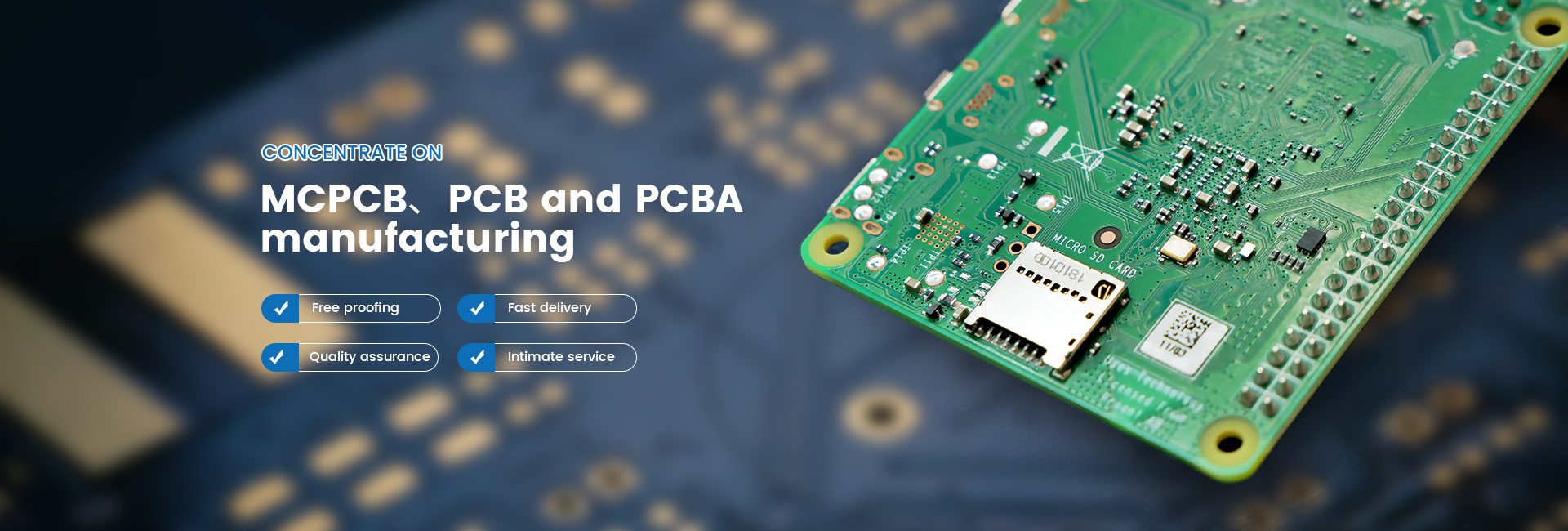Time:2022-12-26 Visit:
PCBA is the abbreviation of Printed Circuit Board+Assembly in English, that is to say, the empty PCB is loaded through SMT and then through the whole process of DIP plug-in, which is called PCBA for short. This is a commonly used writing method in China, while the standard writing method in Europe and America is PCB 'A, with oblique points added. This is called the official idiom. When we communicate or promote with foreign customers, they often ask what PCBA means.
SMT and DIP are both ways to integrate parts on a PCB. The main difference is that SMT does not need to drill holes on a PCB. In DIP, the PIN pin of the part needs to be inserted into the drilled hole.

SMT(SurfaceMountedTechnology)
The surface mounting technology mainly uses the mounting machine to mount some micro and small parts on the PCB board. Its production process is: PCB positioning, printing solder paste, mounting by the mounting machine, soldering furnace and manufacturing inspection. With the development of science and technology, SMT can also mount some large-sized parts, for example, some large-sized mechanism parts can be mounted on the motherboard.
SMT integration is very sensitive to positioning and part size. In addition, the quality of solder paste and printing quality also play a key role.
DIP is "plug-in", that is, insert parts on PCB board. Because the part size is large and it is not suitable for mounting or the manufacturer cannot use SMT technology in production process, the plug-in form is used to integrate parts. At present, there are two ways to realize the manual plug-in and robot plug-in in the industry, and the main production processes are: adhesive backing (to prevent tin plating to the wrong place), plug-in, inspection, wave soldering, plate brushing (to remove the stains left in the furnace process) and manufacturing inspection.